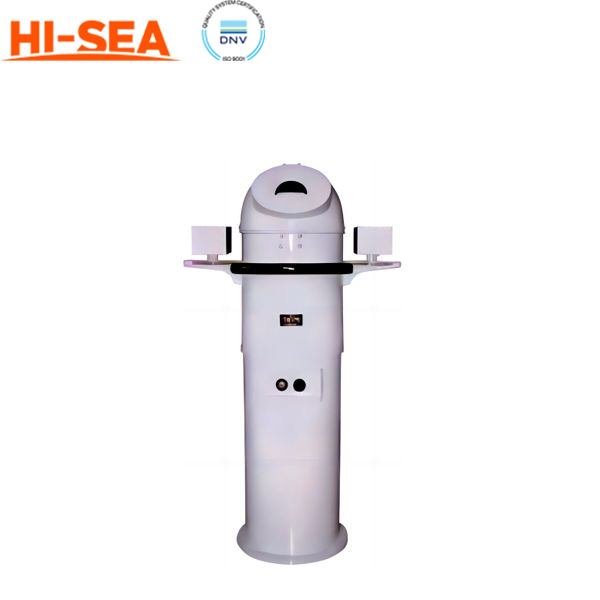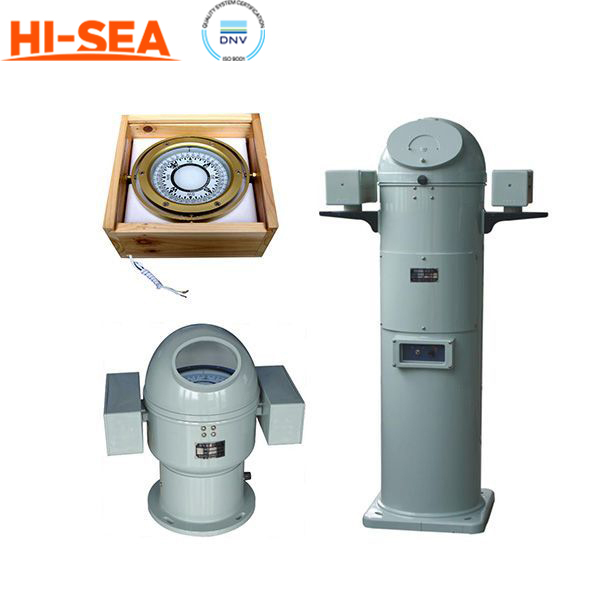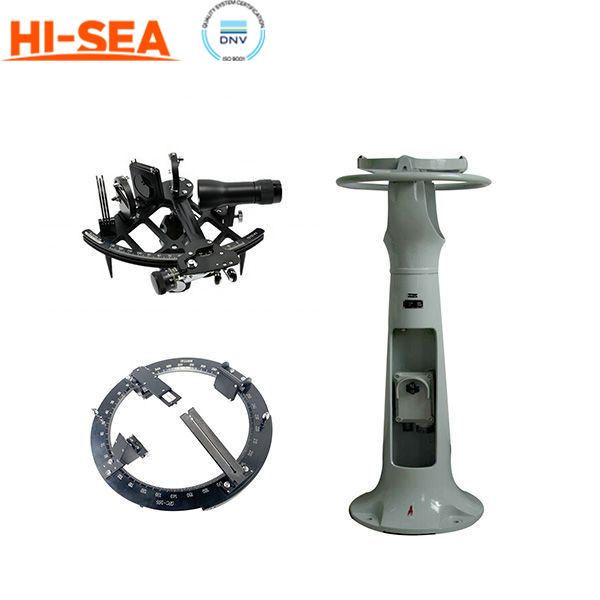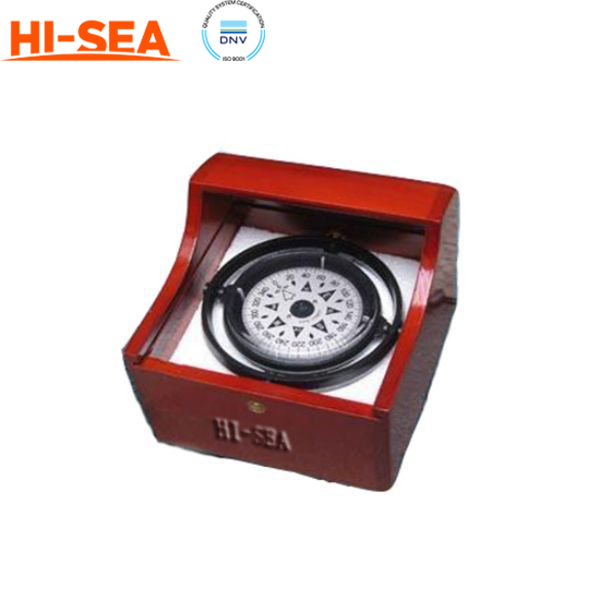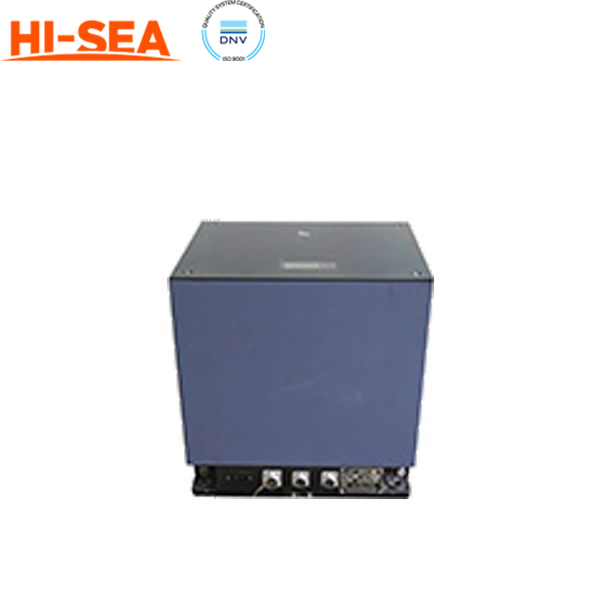MARINE & OFFSHORE EQUIPMENT
- Dredging Equipment
- Marine Deck Machinery
-
Marine Mooring Equipment
-
Marine Anchor
- AC-14 HHP Anchor
- Admiralty Anchor
- Beldt Stockless Anchor
- Bruce Anchor
- Spek Anchor
- Danforth HHP Anchor
- Delta High Holding Power Anchor
- GB11579-89 Light Weight Anchor
- Hall Anchor
- High Holding Power Mastrosov Anchor
- Hot Dip Galvanized Anchor
- Japan Stock Anchor
- JIS Stockless Anchor
- Pool Anchor
- Single Fluke Anchor
- Stainless Steel Anchor
- Stevpris MK5 Anchor
- Stingray Anchor
- US Navy Stockless Anchor
-
Marine Anchor Chain
-
Marine Shackle
- Kenter Shackle
- D Type Joining Shackle
- Pear Shaped Shackle
- Anchor Swivel Shackle Type A
- Anchor Swivel Shackle Type B
- Buoy Shackle Type A
- Buoy Shackle Type B
- C Type Detachable Connecting Link
- D Shackle
- Forelock Shackle
- Anchor Chain Swivel Group
- Straight Shackle
- Anchor Shackle
- Marine Triangle Plate
- Anchor Chain Swivel
- Anchor Chain Joining Shackle
- Anchor Chain End Shackle
- Slim Kenter Shackle
-
Chain Chaser
-
Marine Bollard
-
Marine Chock
-
Marine Fairlead
-
Marine Chain Stopper
-
Marine Mooring Reel
-
Marine Towing Bracket
-
Mooring Rope
-
Marine Towing Hook
-
Marine Shark Jaw
- Marine Fender
-
Marine Buoy
- Marine Floating Pontoon Dock
-
Marine Anchor
- Aquaculture Equipment
- Marine Outfitting Equipment
- Marine Propulsion System
-
Marine Painting
-
Marine Auxiliary Machinery
- Marine Air Compressor
- Marine Air Receiver
- Marine Sewage Treatment Plant
-
Marine Diesel Generator Set
- Marine Oil Water Separator
- Ballast Water Management System
- Marine Hydrophore
- Marine Calorifier
- Seawater Desalination Plant
-
Marine Oil Separator
- Marine Fuel Oil Supply Unit
- Marine Heat Exchanger
-
Marine Hot Well Unit
-
Marine Incinerator
-
Marine Boiler
-
Marine Valve
- JIS Marine Valve
- DIN Marine Valve
- ANSI Marine Valve
- GB Marine Valve
- CB Marine Valve
- CBM Marine Valve
-
Marine Gate Valve
-
Marine Globe Valve
-
Marine Angle Globe Valve
-
Marine SDNR Valve
-
Marine Angle SDNR Valve
-
Marine Check Valve
-
Marine Storm Valve
-
Marine Butterfly Valve
-
Marine Quick Closing Valve
-
Marine Fire Valve
-
Marine Self Closing Valve
- Marine Valve Accessories
-
Marine Pump
- Marine Centrifugal Pump
- Marine Screw Pump
-
Marine Gear Pump
-
Marine Vortex Pump
-
Marine Ejector Pump
-
Marine Diaphragm Pump
-
Marine Piston Pump
-
Marine Fire Pump
-
Marine Emergency Fire Pump
-
Marine External Fire Pump
-
Marine Ballast Water Pump
-
Marine Fuel Pump
-
Marine Lubricating Oil Pump
-
Marine Bilge Pump
-
Marine Sewage Pump
-
Marine Domestic Water Pump
-
Marine General Pump
-
Marine Cargo Oil Pump
-
Marine Hand Pump
- Marine Pump Parts
- Marine Life-saving Equipment
- Fire-fighting Equipment
- Marine Cable
- Marine Electrical Equipment
- Marine HVAC
-
Labour Protection Appliance
- Marine Decorative Material
-
Marine Anode
- Marine Pipe Fitting & Flange
- Marine Instrument
- Ship Building Equipment
INDUSTRY EQUIPMENT
- Hoisting Equipment
- Welding Machine & Material
-
Cutting Machine
- Container Securing Fitting
- Link Chain
- Container & Storage Equipment
-
Diesel Generator Set
- Other Equipment and Tools
- Petrochemical Equipment
- Fiber Reinforced Plastics
- Polymer Materials
- Environmental Protection Series
- Geo-products and Building Materials
- Metal Mesh
- Steel Grating
-
Earthwork Teeth
-
Turnbuckle
STOCK LIST
Contacts
 Tel:+86-23-67956606
Tel:+86-23-67956606
 FAX:+86-23-67956622
FAX:+86-23-67956622
 Email:manager@cqhisea.com
Email:manager@cqhisea.com
Working Time: 9:00--17:00
Working Day: Monday to Friday Website: www.cqhisea.com

CPT-130C Table Model Magnetic Compass
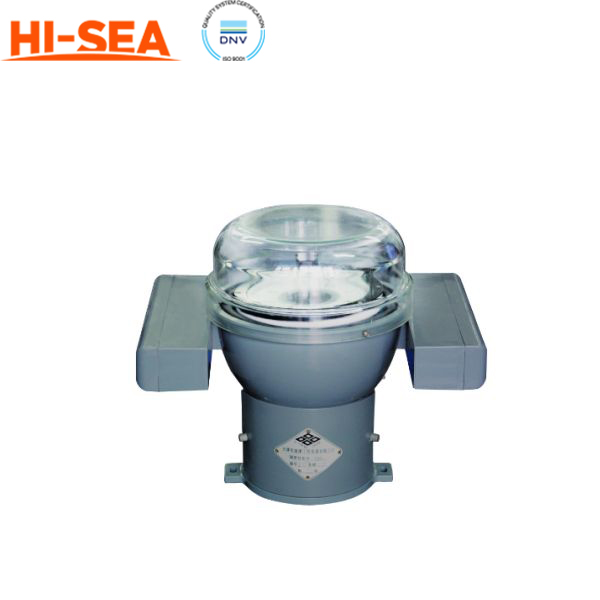
CPT-130C Table Model Magnetic Compass
Description:
The CPT-130C table model magnetic compass is designed for small-scale steel vessels offshore position measurement and it provides excellent capabilities, reliable operation, and is suitable for indicating heading the guiding.
Adopt standard:
GB/T14108-2011 Marine Class A magnetic compass
Certificate: CCS Certification
Main technical data
Card Diameter
φ130mm
Graduation
1°(0~360°)
Direction Error (H=38,T=20±3℃)
≤1.5°
Swing semi-period (H=38,T=20±3℃)
≧5.37 s
Friction error (H=38,T=20±3℃)
≤0.27°
Operation temperature
-20℃ ~ +60℃
Illumination
DC 24V
Overall Dimensions
350x210x280mm
Installation Dimensions
pitch-rowΦ123
pore diameter Φ6
Proper installation and maintenance of a marine magnetic compass:
Installation: The compass should be installed in a location that minimizes the effects of magnetic interference from the vessel's steel structure and electronic equipment. The compass should be mounted level, and the compass card should be free to rotate smoothly. The compass should also be protected from direct sunlight and extreme temperatures.
Calibration: Once the compass is installed, it should be calibrated to ensure that it is aligned with magnetic north. This involves measuring the deviation at different headings and adjusting the compass to compensate for the deviation. A deviation table should be created to record the deviation at different headings, and compensating magnets or weights should be added to the compass bowl to correct for the deviation.
Maintenance: Regular maintenance is essential to ensure that the compass remains in good condition and continues to provide accurate readings. The compass should be checked regularly to ensure that it is level and that the compass card rotates smoothly. The glass face of the compass should be cleaned with a soft, lint-free cloth to remove any dirt or dust. The compass should also be protected from moisture and extreme temperatures.
Inspection: The compass should be inspected regularly to ensure that it is free from damage and that all parts are in good working condition. The compass bowl should be checked for cracks or other damage, and the compensating magnets or weights should be inspected for signs of wear or damage.
By following these steps, a marine magnetic compass can be properly installed and maintained to provide accurate and reliable readings for navigation. Regular calibration and maintenance are essential to ensure that the compass remains in good working condition and is always ready for use when needed.


